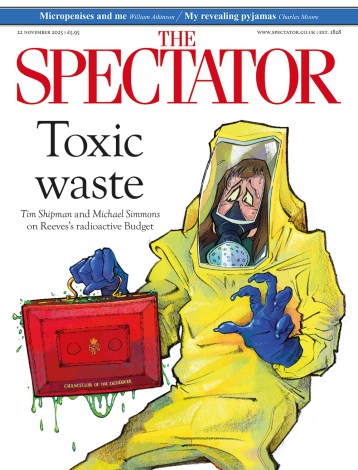No victory is ever final in politics – and the wrecking-ball of lockdowns now seems to have destroyed almost every success of the 2012-20 welfare reforms. The workless numbers are again as bad as they they were under Labour. People who stopped working during lockdowns never quite got back into it and the UK has done a worse job than almost any other country at rebuilding its post-pandemic workforce.
In 2009 I was filling Coffee House with attacks on the Labour government for keeping so many on benefits. And the story now? See below. Remember, this joblessness is not induced by recession and layoffs but incubated by welfare to produce mass worklessness amidst something approaching a crisis in lack of workers. And this in spite of record immigration.
So what’s going on? Look at the below: it’s a chart showing how the monthly number signing on long-term sick has doubled on pre-pandemic levels: almost 5,000 people a day. Yes, a day. And mental health is the biggest single complaint, behind 41pc of claims.
Before the pandemic, just under 8 per cent of the working-age population was claiming some kind of sickness benefit. In a devastating prediction (that I’d recommend anyone trying to understand this issue should read) the OBR now says (p108-9) it will rise to 12 per cent in a few years. This is unprecedented and vastly costly – in terms of human life and cash (the cost has been revised up by £8 billion in the last four months). So this means virtually no indigenous growth in the workforce: we'll be relying on immigrants who will be arriving (says the OBR) at a net rate of about 245,000 a year.
Long-term sickness is back with a vengeance. The below graph shows two decades of progress wiped out - importantly, the spike started in Jan19, not during or after lockdowns.
Why the new wave of sickness? If it was Covid-related, then the phenomenon would be seen worldwide – but this is concentrated in the UK. This will be a mix of bogus mental health claims, genuine sickness being treated where it may have gone unnoticed before (due to the stigma) and a genuine rise in mental health caseloads. We can say for sure that this is not a phenomenon limited to welfare claimants. Let’s look at the number taking antidepressants:
All of this feeds into the number signed off sick (broken down by duration):
If you take the number of sick notes and multiply it by the lower estimate of the number of days signed off, you get about three million a week. I’d say this is economically significant, and ought to be factored in when we talk about the cost of treating mental health.
Another side of this is eating disorders: typically a young woman (or girl) who has been losing weight, is seen by a GP and referred for psychiatric treatment (usually a combination of talking therapy and medication). And make no mistake: this is serious. Anorexia has the highest mortality rate for any mental disorder. Incidentally, this is the only chart I've come across where an increase coincides with lockdown: the other trends in mental health and sickness benefit predate it.
We’re now getting away from UK economic workforce and more into the territory of children’s mental health. Here’s another graph I found, showing a 20 per cent rise in under-18s seen by mental health services (there's no earlier data)
But while there has been a spike in all of the above, there hasn’t been a spike in hospital admissions for patients who have self-harmed.
Another metric held by NHS hospitals is self-poisoning, which is trending downwards.
So the increase in referrals and antidepressants is not reflected in hospital admissions. It's a complicated picture. We will now keep constantly these graphs updated on a new section of the Spectator data hub). One article that changed my own thinking on this was a recent Bloomberg column by the historian Niall Ferguson (worth the Bloomberg subscription price to read on its own).
'If no one in your circle of family and friends is mentally ill, count yourself lucky — or maybe you’re just deluding yourself. In my intimate social network, I can think of at least six cases. I’m not talking just about relatives or friends or the children of friends who say they are depressed. I’m talking about medically diagnosed mental illness requiring treatment. Three cases of chronic addiction. Two cases of severe eating disorder. One case of attempted suicide. And those are just the ones I know about….The big mental health pandemic of our time is the one that is driving tens of millions of adults to shorten their lives by suicide or by an addictive intake of alcohol and drugs that amounts to slow suicide.'
This may not be a political talking point any time soon, given how terrified politicians seem to be about this topic. But we plan to do much more on this in The Spectator in the coming weeks and months.







Comments